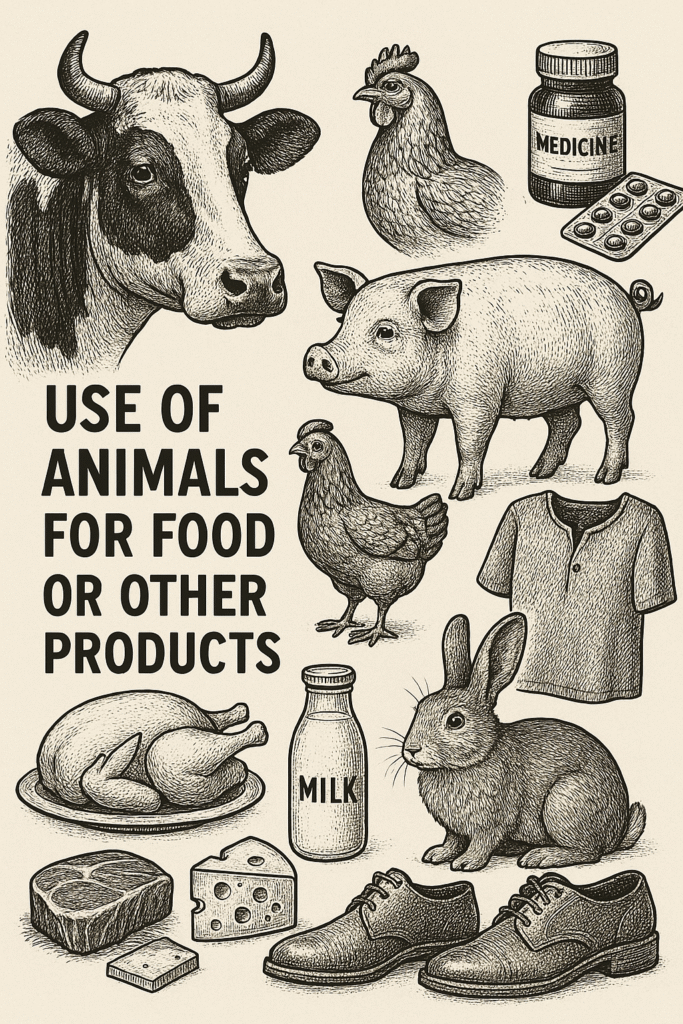Bài Mẫu Writing Task 2 Topic 'Animal Use'
Topic:
In today’s world, the use of animals for food or other products, like medicine or clothing, is no longer necessary. Do you agree or disagree with this belief? Explain your viewpoint with reasons and include appropriate examples based on your knowledge or experiences.
Dàn Ý Mẫu Cho Đề Thi IELTS Writing:
Thesis:
Strongly disagree → animals still play an essential role in human life.
🟡 Body 1 – Food & Medicine
- Idea 1 (Nutrition):
- livestock → key source of protein (meat, eggs, dairy)
- plant-based/lab-grown substitutes → not affordable or widely available
- Idea 2 (Healthcare):
- animal testing → essential for drug development
- rats/lab animals → used before human trials
- example: AstraZeneca vaccine relied on animal testing
🟣 Body 2 – Clothing Industry
- Idea 1 (Alternatives exist):
- synthetic fabrics (e.g. polyester) → replace animal fur/skin
- Idea 2 (Some materials still involve animals):
- wool & silk → still animal-related
- wool: shearing sheep = harmless
- silk: sustainable practices protect silkworms
- Conclusion idea:
- animal use in fashion = acceptable if ethical & responsible
Bài Viết Mẫu Writing Task 2 Đề Animal Use

Some people argue that it is no longer necessary to rely on animals for food, medicine, or clothing in the modern world. While alternatives have emerged in some areas, I strongly disagree with this statement, as animals continue to play an essential role in multiple aspects of human survival and wellbeing.
Animals remain indispensable in both nutrition and healthcare. Livestock such as pigs, chickens, and cows provide key sources of protein through meat, eggs, and dairy products- nutrients that are not easily or affordably replicated by plant-based or lab-grown substitutes. Although animal farming has been criticized for its ethical concerns, cultivated meat is still inaccessible to the majority due to its cost and limited availability. Beyond food, animal experimentation is fundamental to medical progress. Before any drug reaches the stage of human trials, it must first be tested on laboratory animals with comparable biological systems, such as rats. Without this crucial step, the development of life-saving treatments would be both unethical and dangerous. A notable example is the AstraZeneca vaccine, which relied on animal testing before becoming a global safeguard against the Covid-19 pandemic.
In the fashion industry, significant strides have been made in reducing dependence on animal-derived materials. Synthetic fabrics such as polyester now offer affordable and cruelty-free alternatives to animal fur and skin, which were once vital for survival in harsh climates. Nevertheless, certain textiles, like wool and silk, still involve animals. That said, these materials can be sourced in ways that do not harm the animals involved. Sheep are shorn for wool in a process that is generally harmless, and silk farming has increasingly adopted more sustainable practices that preserve silkworm populations. Therefore, the continued use of animals in clothing can be justified, provided it is done ethically and responsibly.
In conclusion, while innovation has reduced our dependence on animals in some areas, their role in providing food, advancing medicine, and even contributing to textiles remains vital. Rather than eliminating the use of animals entirely, the focus should be on ethical treatment and sustainable practices to ensure both human and ecological well-being.



